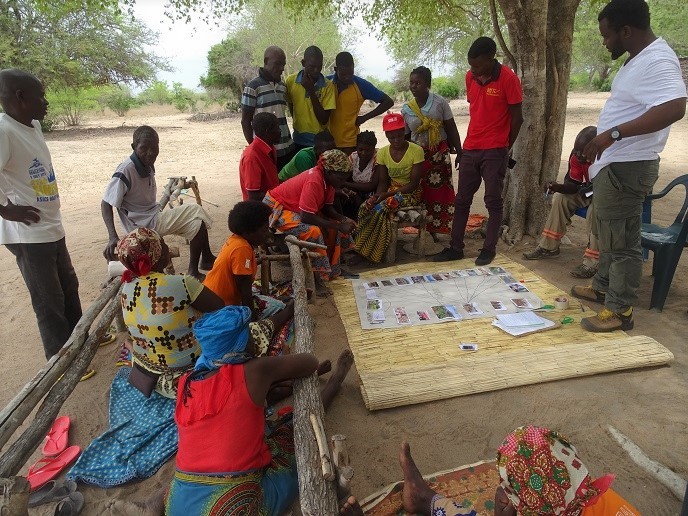Protecting crops by unravelling the mysteries of plant immunity
After a first infection, plants respond more effectively to a second pathogen encounter by becoming resistant. This plant immunisation, or priming, involves a certain memory following the first exposure, lasting anywhere from a few days to entire generations. “Experts consider priming the safest and most effective approach to boosting the endogenous plant immune system,” says Marie Skłodowska-Curie Actions fellow Ana López, who was responsible for the overall coordination of the EU-funded EPILIPIN project. “They also agree that priming represents the perfect target for new crop protection strategies because it provides natural long-lasting resistance against pathogens.” However, deeper knowledge of the mechanisms involved is needed to apply priming to crop protection. This research was undertaken with the support of the Marie Skłodowska-Curie Actions programme.
Specific oxylipins and related proteins required for plant immune priming
Plant endogenous oxylipin compounds and epigenetic mechanisms are involved in priming processes. “Their specific contribution and the link between these two pathways haven’t been addressed to date,” notes López. “In line with EU concerns and priorities, EPILIPIN fills this gap in knowledge by exploring the use of natural compounds – oxylipins – in triggering long-term priming for improving crop yields while minimising agriculture’s impact on the environment.” Researchers began by identifying the role of oxylipins in priming. They then positioned the oxylipin signalling upstream of the epigenetic machinery between the pathogen perception and the epigenetic changes mediating priming (memory). According to the findings, mitochondria play a key role in the oxylipin signalling pathway. Mitochondria’s main function is to produce the cell’s energy by respiration and to modulate cellular metabolism. Results also link the mitochondrial changes as an element in priming processes.
Successfully applying priming to crop protection
The EPILIPIN team developed a working model in which the signalling triggered by the pathogen recognition and mediated by oxylipins induces mitochondrial changes that affect the deposition of the epigenetic marks underlying the memory of the stress (priming). Team members induced long-lasting resistance against different plant pathogens, including fungus, bacteria and oomycetes, protecting not just the treated tissues but the entire plant, and in some cases even the following generation. “The model doesn’t just reinforce the role of oxylipins in priming procedures, it also positions the mitochondria as an interface integrating external signals and coordinating plant responses to environmental changes,” explains López. “This could impact different fields, from epigenetics, plant defence and cell biology to ecology and evolution.” López believes the benefits of EPILIPIN are already tangible. “We have unravelled and positioned some of the elements in the signalling cascade between pathogen recognition and the establishment of stress memory mediated by epigenetic mechanisms and conferring long-lasting plant protection.” “EPILIPIN opens new avenues for the development of alternative, more natural and sustainable agricultural strategies – an EU priority,” concludes López. “Outcomes could facilitate the application of epigenetics in plant priming, which could mean a real breakthrough in future integrated pest management programmes that positively impact crop yields.”
Keywords
EPILIPIN, priming, plant, crop, oxylipin, epigenetic, mitochondria, stress memory







